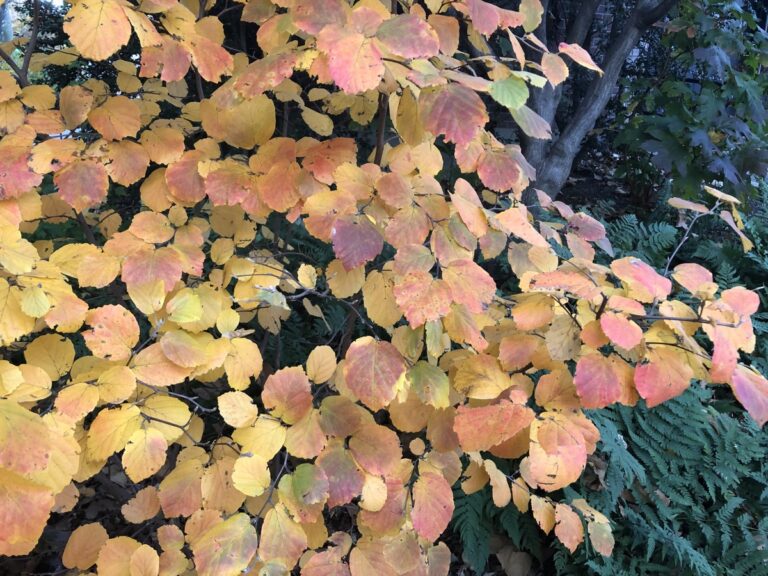
Similar Posts

901st Week: The Importance of Self-Compassion and Self-Kindness
For many of us, the idea that we can’t truly love others until we love ourselves is a long-standing piece of advice. Lately, I’ve been hearing more about self-compassion and the research being done on it and its companion, self-kindness. When I heard someone talk about self-kindness, I began to think about how readily we will, at times, treat ourselves in ways we would never imagine treating someone else and that got me to thinking even more deeply about the importance of self-kindness. I also got to thinking about how, when we are accustomed to treating ourselves with compassion and kindness, we are more likely to automatically express these qualities to others.
Without question, most of us walk around with a certain degree of negative self-talk going on, even when we don’t pay much attention to it. Developing a habit of orienting to self-compassion and self-kindness asks us to pay attention to our self-talk and intervene when we discover that we are treating ourselves in unkind ways, replacing critical or negative thoughts with those that reflect active expressions of self-compassion and self-kindness.
One of the things that helps support being kinder to ourselves is something I’ve written about before—the inevitability of our wholeness and the foreground/background dynamic that unfolds in our process from moment to moment. When we can accept that we have a wholeness that contains everything a human is capable of expressing or doing, we can recognize that our ongoing practice can be one of noticing how we move through the world and then learning ways to bring into the foreground of our experience those qualities and states of being that reflect and express compassion and kindness.
Read More “901st Week: The Importance of Self-Compassion and Self-Kindness“
836th Week: Noticing Where We Put Our Energy
I just saw a little dog standing in an open area of lawn, wildly barking at a squirrel who was up a very tall tree nearby. It made quite a funny picture, with the lawn and the size of the tree making the small dog look even smaller. What it brought to mind was a sense of focused intention and energetic commitment. The squirrel was all that mattered and the little fur-face on the ground was giving it all he was worth.
This got me to thinking about where we put our energy. All the barking in the world wasn’t going to get the squirrel within reach of the dog and I found myself wondering about all the energy we may put into things that aren’t really available to engage with us. With all the gadgets that we now have available to us, and with most of us carrying around a computer in our pocket in our smart phones, there are increasing opportunities to spend time in less conscious and less focused ways. At times, I find myself doing a word game that can take up an unexpected amount of time and I’ve made a commitment to myself that I’ll only do that a couple of times a day. Instead of that activity, I now spend the same time reading on my kindle and I find that it’s much more satisfying, ultimately, than endlessly playing the word game.
Also, at my age, I’m keenly aware of a more limited amount of time in front of me and I have made it a practice to ask myself if what I’m doing honors the fact that I don’t want to waste whatever time I have left to be here. I hope that doesn’t sound morbid because, for me, it’s a powerfully positive motivator and invites me to focus my attention more clearly.
Read More “836th Week: Noticing Where We Put Our Energy”
892nd Week: Collective Information Fields and Intuitive Awareness
It’s just about mid-week and I haven’t yet posted a practice for this week, which would usually be posted by Sunday. These times when I draw a complete blank become an invitation to relax and open my awareness to what might unexpectedly drop in. This process reminds me of the practice of “not doing”. Instead, it becomes a practice of “being” and “receiving” rather than figuring out or doing.
Then, this takes me to the importance of intuitive awareness and how our current consensus reality in Western thinking tends to devalue non-rational ways of knowing. For me, non-rational ways of knowing are equally present, if not dominant, in my usual way of moving through the world, so I’d like to share some thoughts and an exercise that offer support for intuitive ways of knowing.
Whenever I find myself with a conundrum, not knowing exactly what to do, I ask for help or input. It’s not important to think about where the information or support comes from. For example, I might ask for help from “cat intelligence” or “plant intelligence” if I have a question about how to help the felines who live with me or the trees that grace my small apartment. What comes to mind are all the varieties of collective consciousness that Rupert Sheldrake talks about in his work with morphic fields—fields of information that species contribute to and draw from all the time.
One of my favorite examples of a morphic field is where Sheldrake talks about small birds in England. Prior to World War II, these birds had a habit of flipping the lids off of milk bottles delivered and left on people’s stoops. The birds were after the cream just under the bottle’s lid. Milk then became rationed and not readily available during the war and several generations of these birds were born and died without having learned to take off the lids of the milk bottles. As soon as deliveries began again after the war, the birds were back, doing what they had always done. Sheldrake says that they are able to do this because of the information field of their species, their morphic field, which contains all the information of every member of the species that has ever lived.
Read More “892nd Week: Collective Information Fields and Intuitive Awareness”